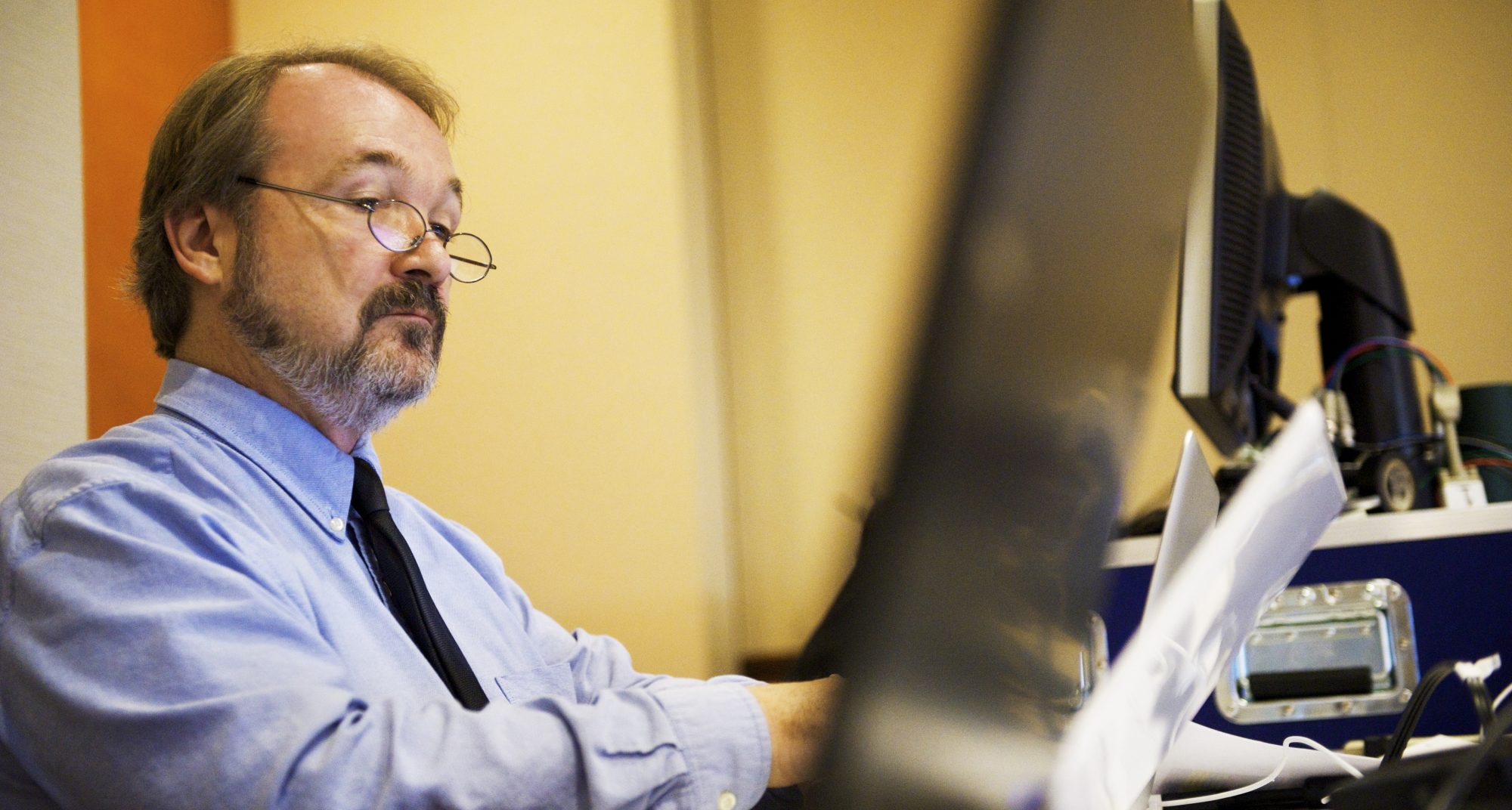As of about 5:00 yesterday afternoon, a complete draft now exists in the world of the novel Trailing Spouse. I celebrated by mowing the lawn before the rain, making cauliflower and vegetarian chorizo on rice, and then spending an hour with Nora—watching clips of Stephen Colbert and Trevor Noah narrating the primary debates of Wednesday and Thursday—before she went back to her own storytelling obsessions.

What does it mean for a “draft” to be complete? Isn’t that an arbitrary notion? Yeah, kind of… but I think it’s still meaningful. First, a draft feels complete to me when the journey has an origin, a motive, a route and a resolution. The ship has arrived at a meaningful destination. (And the marine definition of draft is the distance between the water’s surface and the lowermost bottom of the ship. Trailing Spouse feels like a ship with pretty substantial draft; it sits low in the water, carrying a lot of cargo. Other of my stories are more nearly pleasurecraft, gliding, easily maneuverable. Every story carries different freight, accesses different waters.)
A second marker that the draft is complete is that I trust all of the crucial characters. I know who Kurt and Megan are, I know why they do the things they do. I know why they argue, and why they still love one another. I’ve learned who Sarasa is, watching her grow from three years old to fifteen. About a month ago, I figured out who Sarasa’s mother is, through writing a scene that isn’t in the book at all but which I needed in order to understand what she’d been through. I know them all well enough to know what they’d do when the world gives them an unplanned circumstance; they think and act like coherent, integrated people.
So it’s complete. Why, then, is it a draft? Why shouldn’t I self-publish it tomorrow? Well, the obvious answer is that it needs to be sanded and trimmed and burnished. (I refer to burnished rather than polished, because that work isn’t about the vanity of brass-plated surfaces; it’s about hardening the grain, sealing the pores, making it fit for enduring service.) So there are typos to correct, but more importantly, there are sentences to reorganize. Each measure has to serve the larger song, has to develop the tone and rhythm that creates emotional experiences as we encounter them in a temporal sequence.
Both music and stories are linear and chronological in their experience. We begin the concerto at the first note and conclude 28 minutes later with the last; we begin the story on page 1, proceed to page 2, and carry on to the terminus. The composer of each is responsible for thousands of emotional moments, points of surprise alternated with points of reassurance. The difference between confusion and mystery is whether we believe that what comes next will have meaning. Here’s one of the best examples I’ve ever seen: Brad Mehldau’s performance of the Radiohead song “Paranoid Android” at the 2000 Montreux Jazz Festival. We all know the song, but he leads us through it in uniquely revealing ways. The transition between 1:50 and 2:00 makes me cry every time I hear it. Writers can do that, too, though it’s just as hard and as rare.
There are minor characters whom I don’t yet understand, for whom I haven’t yet done the respectful work of learning what they want and how those desires appear through their actions. I have a few characters in the book who are merely difficulties for Kurt and Megan and Sarasa to endure and resolve. But those difficulties won’t matter until I really understand what Jimmy Haynes and Louise Carr want, until I understand why their deeper motives run counter to those of the people I love. I have to do them the justice of honoring their own goals, even when I don’t agree with them.
Finally, there are scenes which may be nice digressions rather than meaningful ports of call. Even the most pleasurable trip has an interest in some efficiencies, in getting from Boston to Barbados without tossing in a side trip to Biloxi. Now that I know where the story has landed, I can go back in time and retroactively take away some episodes that don’t make meaningful progress. They helped me write the book; they won’t help you read it.
The complete draft is the most pleasurable point of the entire writing process, the fulcrum on which the past and future are balanced. The fear and confusion of getting underway are behind us, along with the blind absorption of mid-course, receiving instructions from afar and just taking dictation. The microscopic examination of revision, the ruthless search for the hollow spots, lies ahead, as does seeking a readership. The complete draft allows a moment of both faith and satisfaction, a temporary but still important resolution amid the larger composition.







